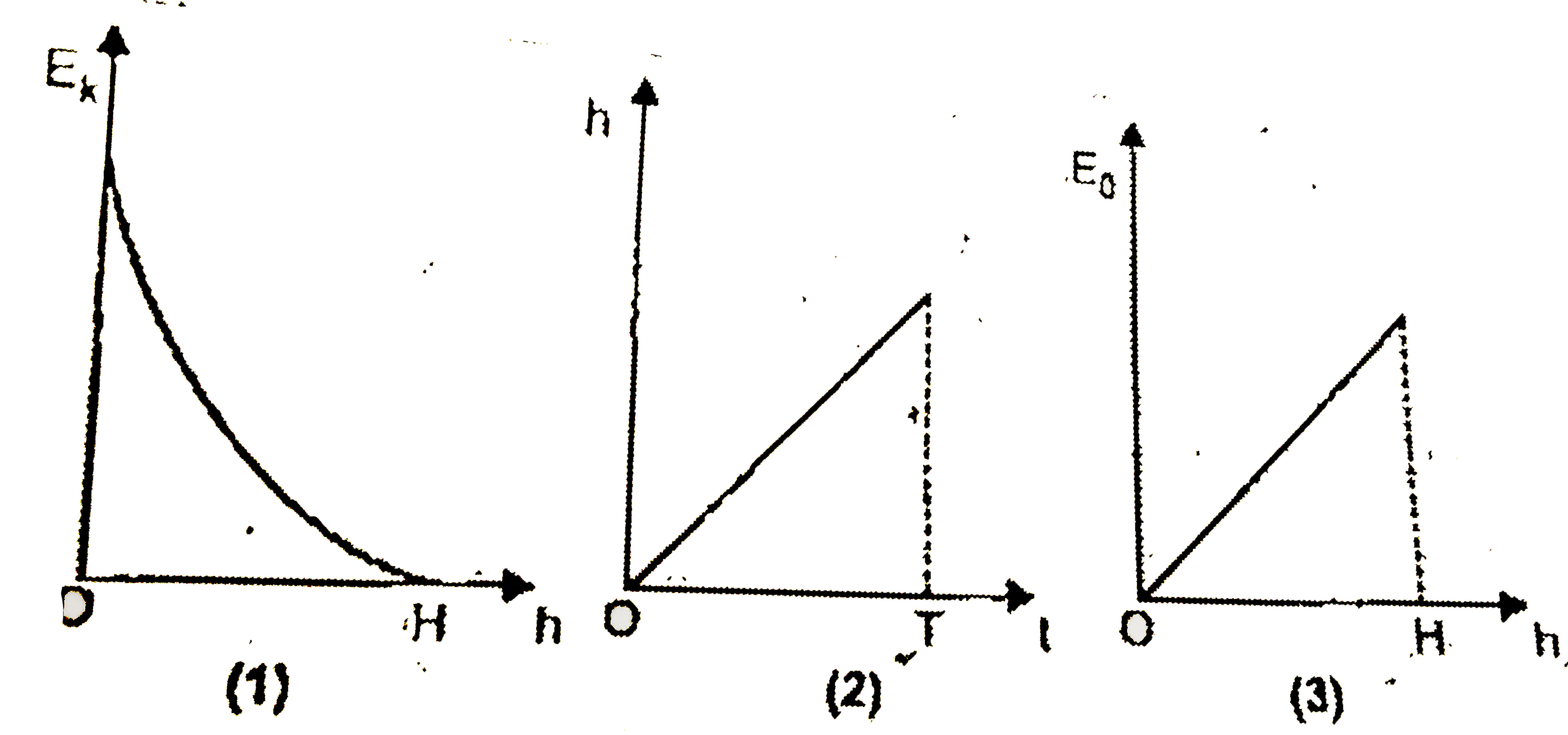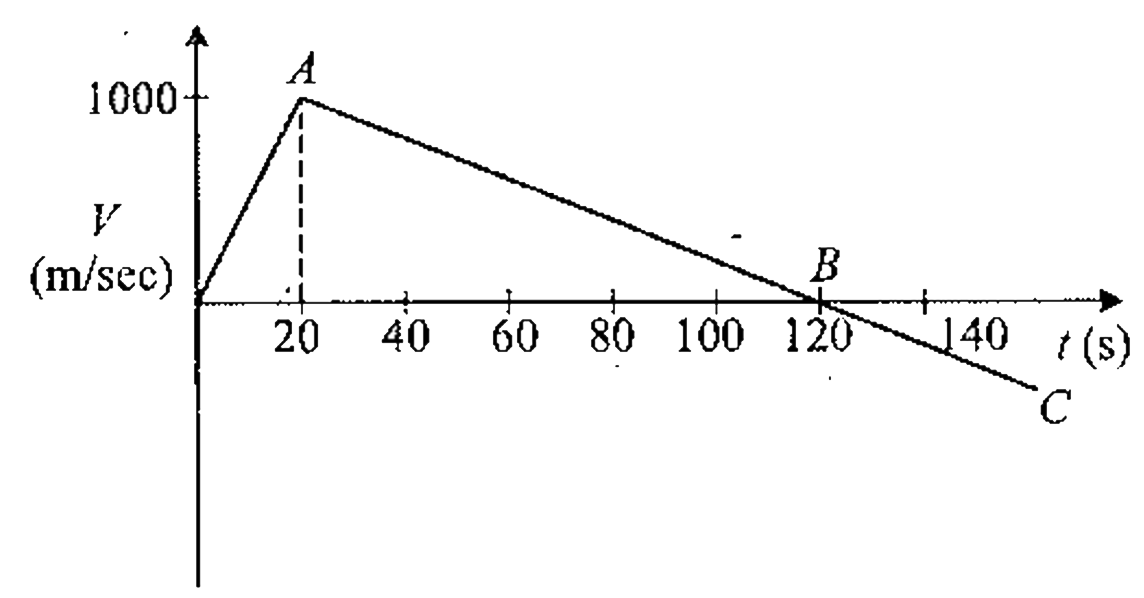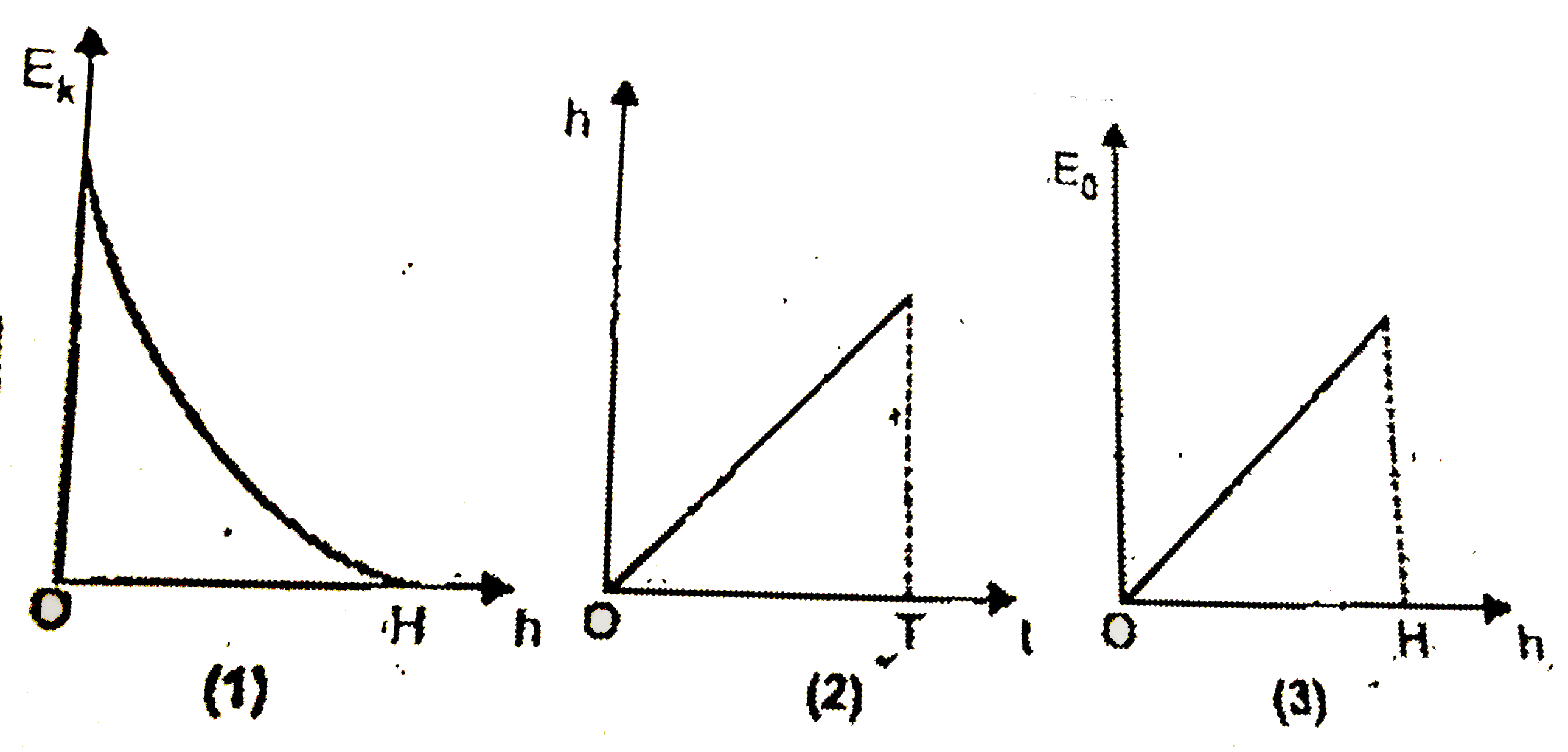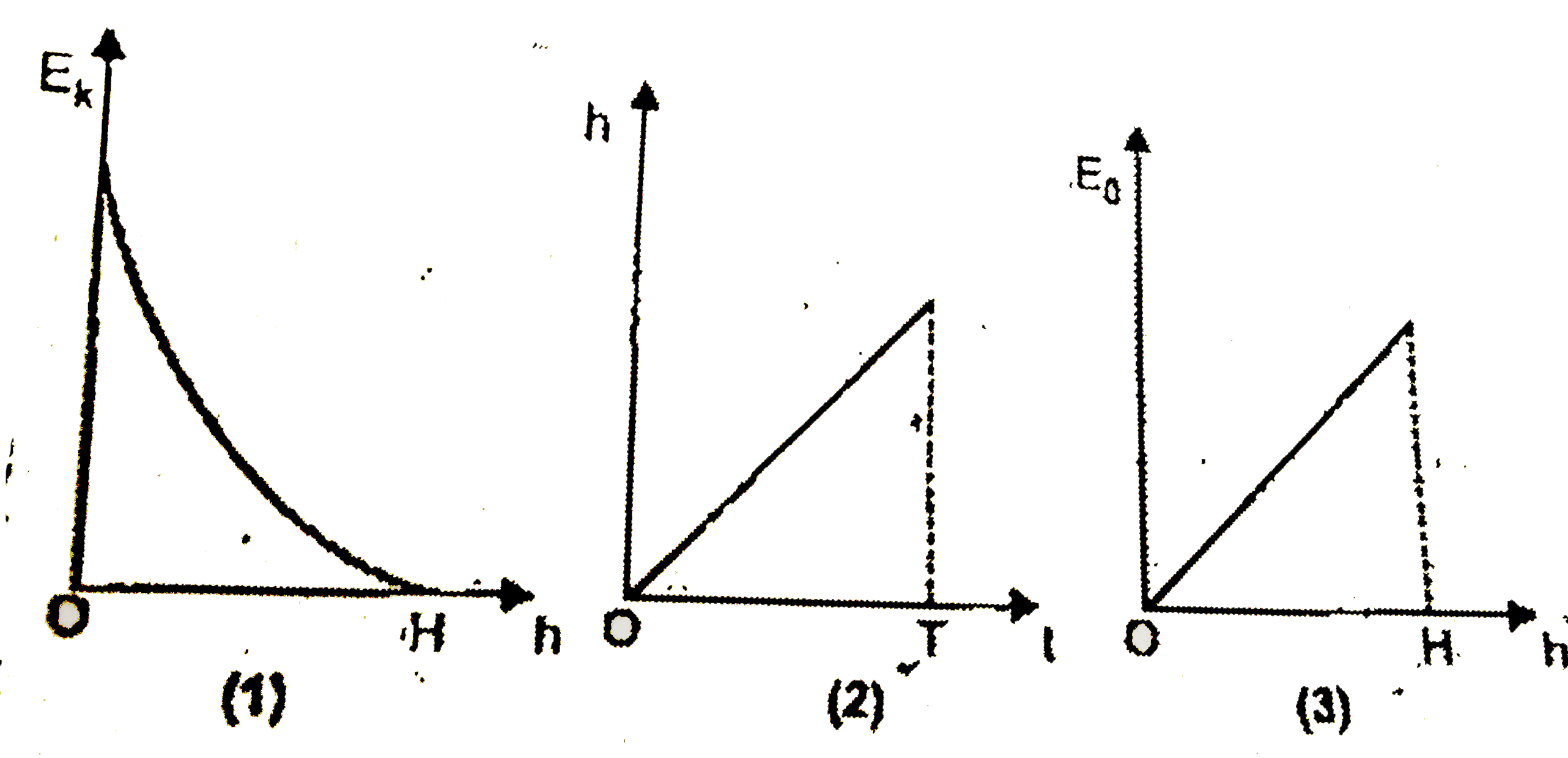A ball is projected vertically upwards. Air resistance and variation in g may be neglected. The ball rises to its maximum height H in a time T, the height being h after a time t :
(1) The graph of kinetic energy Ek of the ball against height h is shown in figure 1
(2) The graph of height h against time t is shown in figure 2
(3) The graph of gravitational energy Ek of the ball against height h is shown in figure 3
(1) 
(2)
In the above situation the block wili have maximum velocity when:
the spring force becomes zero
the frictional force becomes zero
the net force becomes zero
the acceleration of block becomes zero
The correct Answer is:C, D
Topper's Solved these Questions
- WORK AND ENERGYBOOK - ANURAG MISHRACHAPTER - WORK AND ENERGYEXERCISE - Level 3
34 Videos
- WORK AND ENERGYBOOK - ANURAG MISHRACHAPTER - WORK AND ENERGYEXERCISE - Matching types problems
14 Videos
- WORK AND ENERGYBOOK - ANURAG MISHRACHAPTER - WORK AND ENERGYEXERCISE - Level 1
53 Videos
- UNIT AND DIMENSIONSBOOK - ANURAG MISHRACHAPTER - UNIT AND DIMENSIONSEXERCISE - Matching Type Problem
4 Videos
Similar Questions
A particle is projected vertically upwards and reaches the maximum height H in time T. The height of the partlcle at any time t(<T) will be
View SolutionA rocket is projected vertically upwards and its time velocity graph is shown in the figure-1.115. The maximum height attained by the rocket is :

View Solution
Knowledge Check
A ball is projected vertically upwards. Air resistance and variation in g may be neglected. The ball rises to its maximum height H in a time T, the height being h after a time t :
(1) The graph of kinetic energy Ek of the ball against height h is shown in figure 1
(2) The graph of height h against time t is shown in figure 2
(3) The graph of gravitational energy Ek of the ball against height h is shown in figure 3
(1)
-Which the figure shows the correct answers ?A3 onlyB1, 2C2, 3D1 onlyA ball is projected vertically upwards. Air resistance and variation in g may be neglected. The ball rises to its maximum height H in a time T, the height being h after a time t :
(1) The graph of kinetic energy Ek of the ball against height h is shown in figure 1
(2) The graph of height h against time t is shown in figure 2
(3) The graph of gravitational energy Ek of the ball against height h is shown in figure 3
(1)
Two particles move on a circular path ( one just inside and the other just outside) with angular velocities ro and 5ω starting from the same point. Then :Athey cross each other at regular intervals of time 2π4ω when their angular velocities are oppositely directedBthey cross each other at points on the path subtending an angle of 60∘ at the centre if their angular velocities are oppositely directedCthey cross at intervals of time π3ω if their angular velocities are oppositely directedDthey cross each other .at points on the path subtending 90∘ at the centre if their angular velocities are in the same senseA particle is projected vertically upwards and reaches the maximum height H in time T. The height of the partlcle at any time t(<T) will be
Ag(t−T)2BH−g(t−T)2C12g(t−T)2DH−12g(T−t)2
A rocket is projected vertically upwards and its time velocity graph is shown in the figure-1.115. The maximum height attained by the rocket is :

View SolutionA ball is thrown vertically upwards from the top of tower of height h with velocity v . The ball strikes the ground after time.
View SolutionA particle is projected vertically upwards and it reaches the maximum height H in time T seconds. The height of the particle at any time t will be-
View SolutionA particle is projected vertically upwards and it reaches the maximum height H in time T seconds. The height of the particle at any time t will be-
View SolutionA ball is thrown vertically upwards from the top of tower of height h with velocity v . The ball strikes the ground after time.
View Solution
